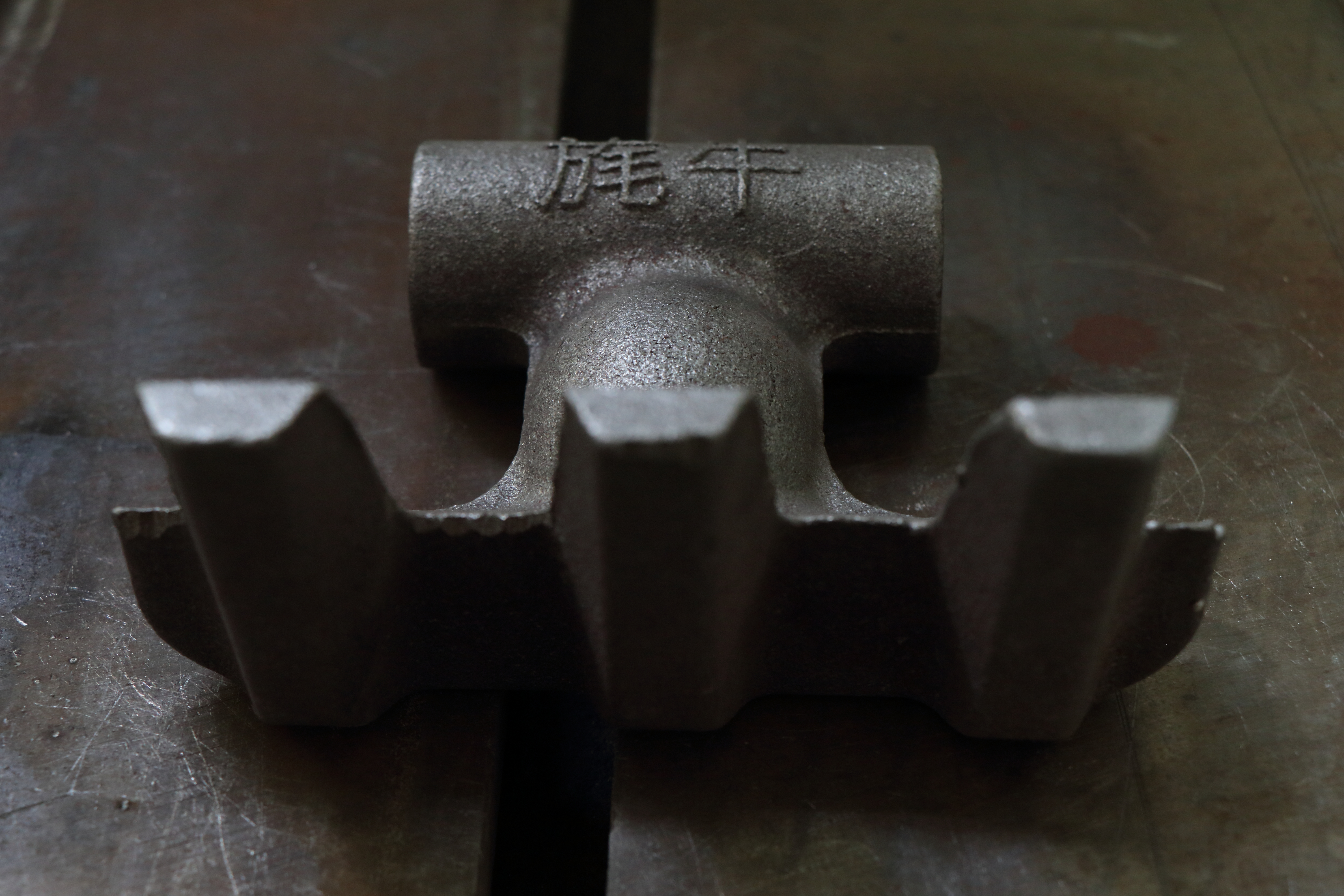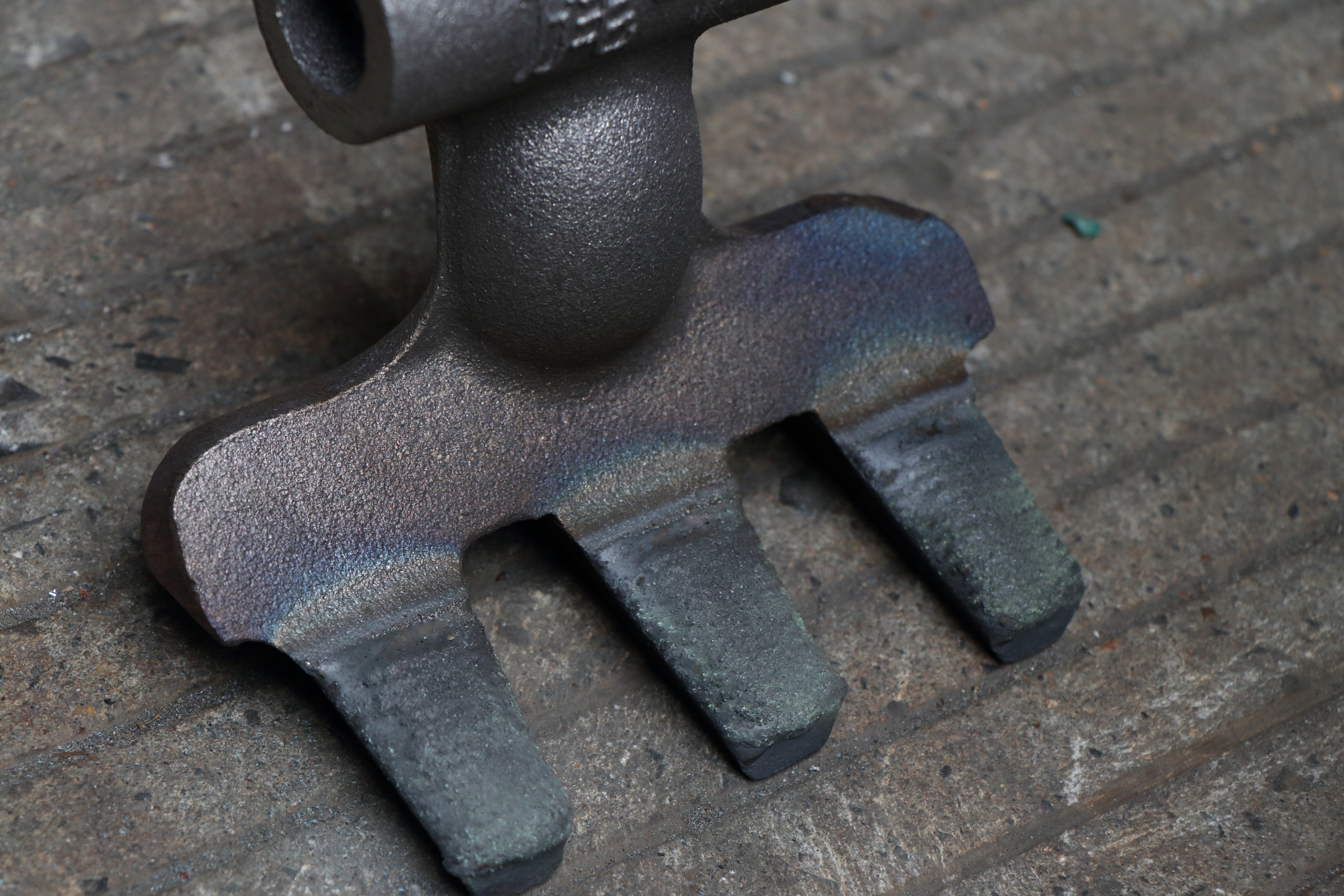In today's rapid development of modern agricultural mechanization, how to extend the service life of key components, reduce maintenance costs, improve operational efficiency, has become a core issue of common concern to agricultural machinery manufacturers and users. Especially in the frequent operation, complex working conditions of the farm environment, agricultural machinery hammer claw wear problem is particularly prominent. The traditional hammer claw is easy to wear and scrap in a short time, which not only increases the replacement cost, but also affects the continuity of agricultural production and economic benefits.
In the face of this problem, plasma welding technology, as an advanced means of surface strengthening, is gradually entering the agricultural machinery industry, and in the hammer claw wear-resistant strengthening and remanufacturing to show a strong vitality. In this article, we will bring you an in-depth understanding of plasma welding technology in the hammer claw on the practical application of agricultural machinery, technical advantages, process details and other related knowledge, for agricultural machinery manufacturing and user selection to provide valuable reference.
What is plasma welding?

Agricultural machine hammer claw is a direct contact with the soil, stone, straw and other materials, the working environment is harsh and wear intensity is very high. The failure of the hammer claw is mostly characterized by edge wear, chipping, fracture and corrosion damage, and its service life directly affects the operating efficiency of the whole machine.
The use of plasma welding technology can effectively solve the following problems:
- Significantly improve wear resistance: the surface hardness of the claw after welding can reach HRC5565, 35 times higher wear resistance.
- Enhance the corrosion resistance: the corrosion-resistant alloys containing Cr, Ni, B, Si, etc. can be selected to adapt to the wet or acidic soil environment.
- Reduce the frequency of replacement, saving operation and maintenance costs: the hammer claw that needs to be replaced 3 times in a season can now be used for the whole operation cycle.
- Extend the service life of the whole machine, improve brand reputation and user satisfaction.
For manufacturers, this is not only an effective path to improve product quality and technical threshold, but also a tool to build differentiated advantages in homogenized competition.
Hammer claw life increased by 3 times and maintenance costs reduced by 50%.

According to the research, Ni-based alloy + WC (tungsten carbide) composite powder was selected for plasma cladding treatment of the hammer claw. After 600 hours of field operation verification, compared with the untreated hammer claw, the depth of wear is reduced by 72%, and the surface remains intact without cracks.
According to the after-sales data, the customer originally needed to replace 3 sets of hammer claws per year, but after switching to plasma cladding products, the hammer claws are replaced only once a year, which not only reduces the purchase cost, but also reduces the transportation and labor cost of replacement, and reduces the overall maintenance expenditure by more than 50%.
Material selection and process parameters: it's not as simple as “coating”
The key to plasma cladding is the matching of “powder + process”. Depending on the operating environment, commonly used cladding materials include:
- Ni-based alloy powder (e.g. Ni60): strong overall performance, corrosion and wear resistance, suitable for most operating environments.
- Co-based alloys (e.g. Stellite): suitable for high temperature or heavy load environment, good impact resistance.
- WC reinforced composites: high hardness, suitable for plots with a lot of gravel and severe abrasives.
- Fe-based powder: low cost, suitable for low to medium intensity operating scenarios.
Process parameters, on the other hand, need to be finely adjusted according to the type of equipment, powder fluidity, hammer claw material and other factors, including current, voltage, powder feeding speed, gun trajectory, protective gas flow rate and so on. It is recommended that a professionally qualified engineer carry out the setting and debugging in order to obtain the best quality of cladding.
From “use bad and then change” to “repairable and controllable”
The hammer claw is small, but it directly affects the operation efficiency and quality of the whole agricultural machinery. Through the application of plasma cladding technology, not only can bring agricultural machinery users a more long-lasting experience, but also provides a new path for manufacturing enterprises to enhance the added value of products and market competitiveness.
In the future, with the continuous optimization of technology and the application of ecological maturity, plasma cladding will play a more and more important role in the hammer claw and other key parts of agricultural machinery, and become an important support to promote the high-quality development of agricultural equipment.
Post time: Jun-19-2025